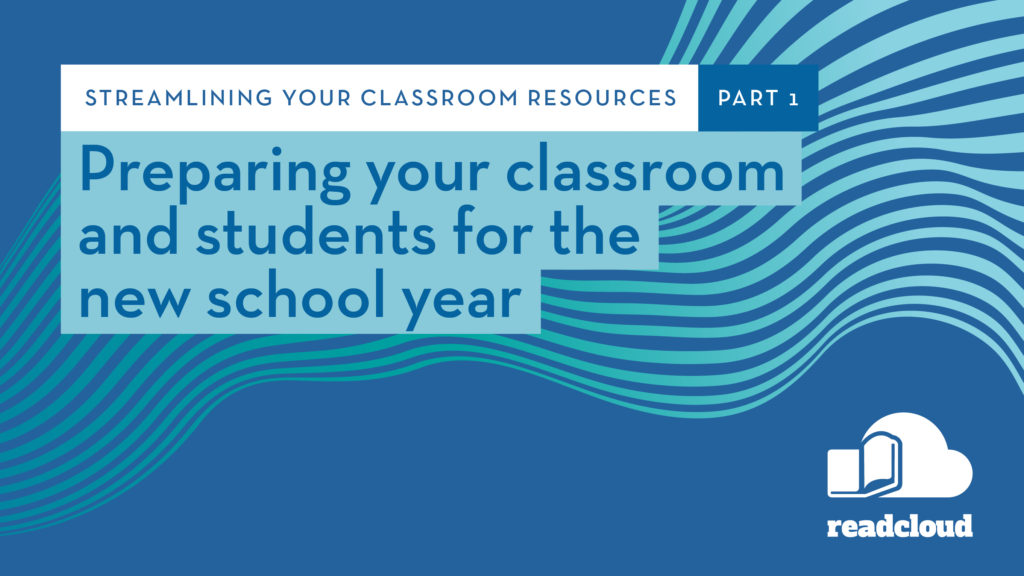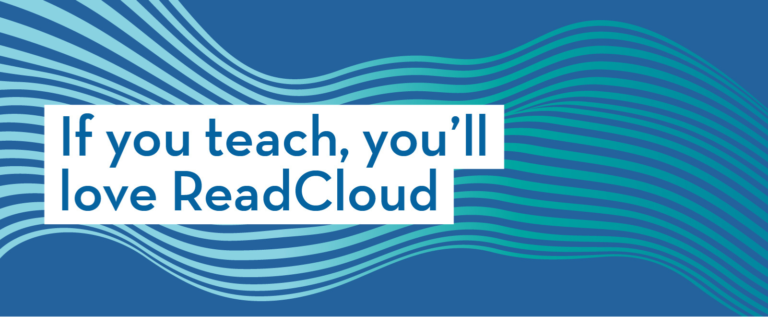
In Part 1 of our series on how schools and teachers can streamline their classroom resources, we look at how teachers can optimise and prepare for Back to School, a crucial time before the commencement of the school year.
Back to School strikes chills or thrills in the heart of every teacher. But preparing for learning in the new school year can be quick, easy and rewarding when done with the right tools and processes. In this blog, we dive into the challenges that teachers face to adequately organise their classrooms. There’s a lot that goes into preparing for the new school year, and we’ve got some tips to help make sure everything goes smoothly!
What is Back to School?
Just as you are winding down from a hectic 10-week term with an all-too-short break, you are right back where you started: Back to School. As a teacher, you know there will be many emails and a list of to-dos as long as your arm when you hit the school grounds. There are also work programs to check for this term’s learning and a new curriculum to apply and adjust for diverse learners in the new cohort. There are co-curricular activities and excursions to plan and execute and staff meetings that start from week one. The Back to School phenomenon is a big deal for parents and students as well, but the average teacher experiences this four times a year. The notion of preparing for the coming school year can be fraught with mixed emotions for teachers.
It is a common myth that teachers have an easy life! But it’s not unusual for teachers to be at school long after the students have departed. In fact, 92% of teachers say they don’t have enough time to prepare effectively for the classroom. They often work through their holidays to develop and plan experientially engaging lessons for their students. Good teachers spend a lot of time pursuing excellence because they want their students to excel. That’s why using the Back to School period to properly plan and organise your classroom is fundamental to start the year right.
What makes Back to School easier for some teachers?
Organisational skills significantly affect a teacher’s return to school. There is no doubt that as a teacher, the commencement of another term happens with ease if you are organised and know that your planning and units of work are well prepared in advance. Tools also play a key role. The days of the teacher’s diary being on their desk have been replaced by Google Calendar and Trello while the whiteboard is replaced with Padlet. And the humble notebook is being superseded by tools such as Microsoft OneNote, and Google Docs.
Teachers can make the Back to School process simpler at the start of each year and term by planning and preparing. Many teachers’ experiences of heading back to school are enjoyable. They look forward to seeing their students and enjoy the new term’s curriculum because planning and curriculum development is their forte; they love spending hours creating teaching programs to engage students in the classroom.
Janelle Cox from Hey Teach! agrees that “there’s a lot of work to do inside and outside the classroom before your students arrive”. To alleviate some stress and keep you on track before the school year begins, Cox has put together an easy-to-follow back-to-school checklist. Here are a few of our favourite tips:
Get a Head Start on Classroom Organisation
As a teacher, you’re tasked with preparing your classroom and students for the coming school year. This can be an overwhelming task. But it’s important to start planning now so that you have plenty of time to prepare before new students arrive. This will help to bring them up to speed after they’ve been away from school for a while.
Begin by getting your lesson plans ready so that you can finalise them once the school year begins. Then organise your classroom so that it reflects what students need from you as their teacher and consider whether you have the tools and materials and other resources available and ready to use.
These questions are important when working out how much time and effort needs to go into creating a curriculum plan for each student’s needs and abilities. You should also create a learning plan for each student; this will help keep track of progress over time while allowing you to adjust accordingly as necessary throughout each term/year.
Set Up the Classroom Environment
Students will be more engaged in learning if they feel comfortable and can learn in a physical environment that is brightly lit with welcoming colours, materials and resources easily accessible and able to be used.
This translates across to the digital environment where increasingly classroom lesson delivery and learning are occurring. In which virtual spaces will your students be interacting with you, your lessons and your content? Taking some time to ensure that these tools and spaces are easy to use, well-structured and accessible is vital in 2022 and beyond and we’ll explore this in a later blog post.
Prepare the Curriculum
With the upcoming changes to the Australian Curriculum, it’s more important than ever to know and feel comfortable with the curriculum. Teachers should have a good understanding of what is expected from students and what they’re expected to know.
ACARA has provided some guidance that we’ve covered in a previous blog post – Changes to the Australian Curriculum and What They Mean For You, but each of the states has additional resources that help explain the expectations further. Get familiar with the benchmarks or performance indicators that are used to describe individual student work at each grade level or benchmark achievement levels on assessments.
Be prepared for Back to School
The Back to School process can be less stressful and even enjoyable with the help of planning and organisation of your classroom. A well-prepared classroom will ensure that students have everything they need to succeed and put you as a teacher on the front foot. Students will be more motivated to learn, as they feel supported and cared for by their teacher and will be more engaged in learning when the environment is prepared for them. It will help you to ensure that students have a better understanding of the curriculum and most importantly, students’ confidence grows as they see what their teacher does in preparation for each day of learning!




